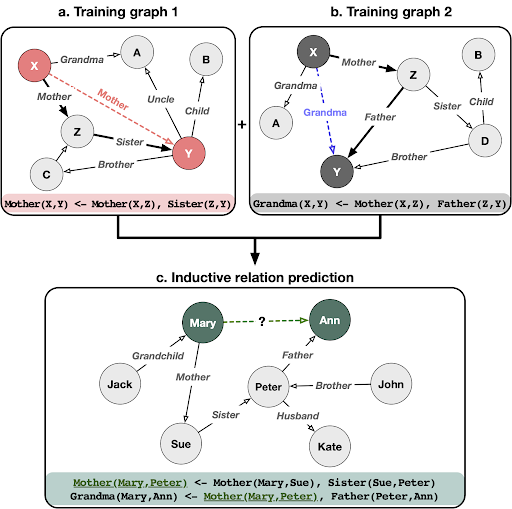
R5: Rule Discovery with Reinforced and Recurrent Relational Reasoning
Shengyao Lu*, Bang Liu*, Keith G. Mills, Shangling Jui, Di Niu. ICLR 2022 (Spotlight) [Paper] [Code] [Video] We propose R5, a relational reasoning framework based on reinforcement learning that r...